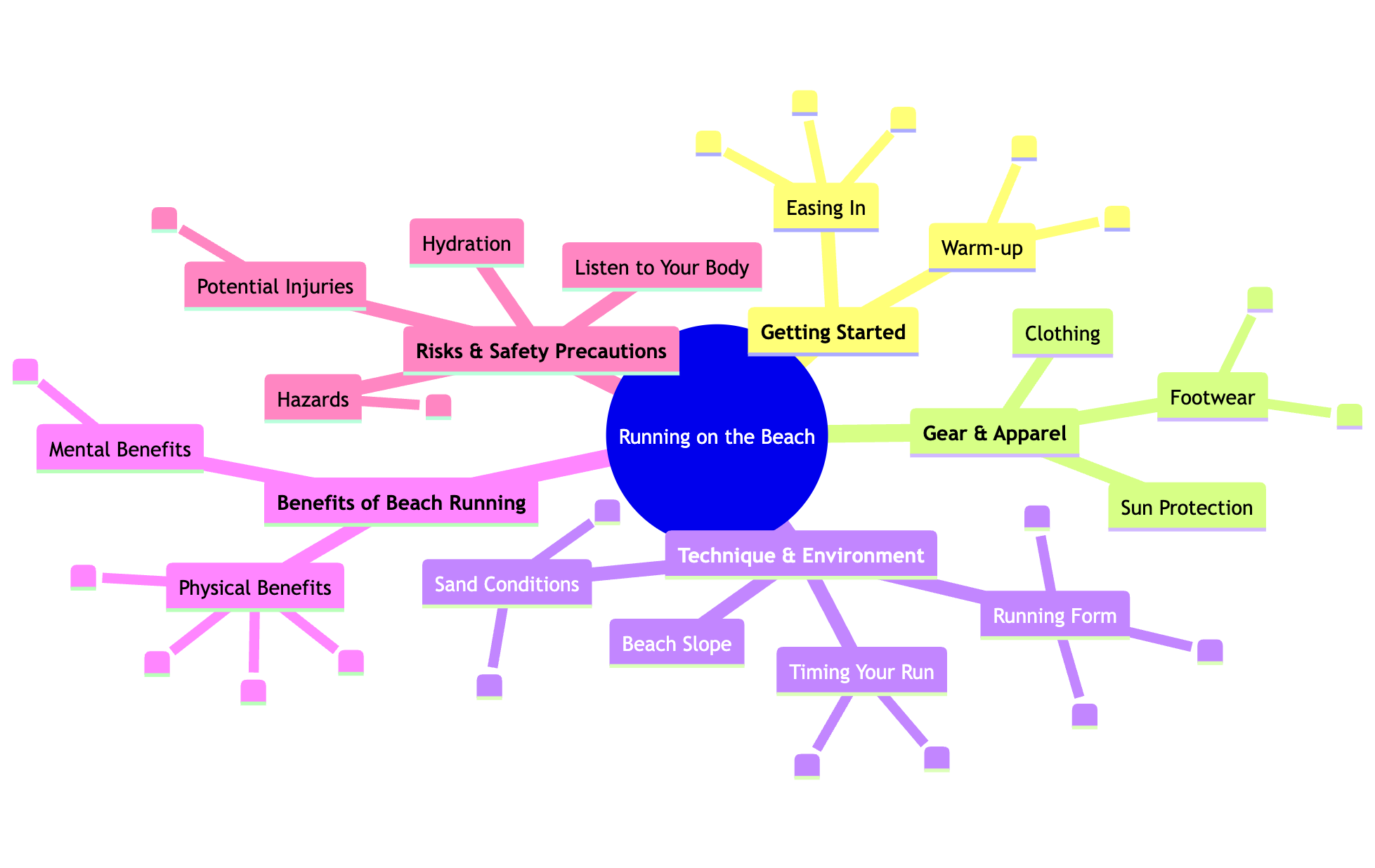For decades, the digital world has been defined by hyperlinks, a simple, powerful way to connect documents across a vast, unstructured library. Yet, the foundational vision for the web was always more ambitious.
It was a vision of a Semantic Web, a web where the relationships between concepts are as important as the links between pages, allowing machines to understand the context and meaning of information, not just index its text.
With its latest Search Labs experiment, Web Guide (that got me so excited), Google is taking an important step in this direction.
Google’s Web Guide is designed to make it easier to find the information, not just webpages. It is optimized as an alternative to AI Mode and AI Overview for tackling complex, multi-part questions or to explore a topic from multiple angles.
Built using a customized version of the Gemini AI model, Web Guide organizes search results into helpful, easy-to-browse groups.
This is a pivotal moment. It signals that the core infrastructure of search is now evolving to natively support the principle of semantic understanding.
Web Guide represents a shift away from a web of pages and average rankings and toward a web of understanding and hyper-personalization.
This article will deconstruct the technology behind Web Guide, analyzing its dual impact on publishers and refining a possibly new playbook for the era of SEO or Generative Engine Optimization (GEO) if you like.
I personally don’t see Web Guide as just another feature; I see it as a glimpse into the future of how knowledge shall be discovered and consumed.
How Google’s Web Guide Works: The Technology Behind The Hyper-Personalized SERP
At its surface, Google Web Guide is a visual redesign of the search results page. It replaces the traditional, linear list of “10 blue links” with a structured mosaic of thematic content.
For an exploratory search like [how to solo travel in Japan], a user might see distinct, expandable clusters for “comprehensive guides,” “personal experiences,” and “safety recommendations.”
This allows users to immediately drill down into the facet of their query that is most relevant to them.
But, the real revolution is happening behind the scenes. This curation is powered by a custom version of Google’s Gemini model, but the key to its effectiveness is a technique known as “query fan-out.”
When a user enters a query, the AI doesn’t just search for that exact phrase. Instead, it deconstructs the user’s likely intent into a series of implicit, more specific sub-queries, “fanning out” to search for them in parallel.
For the “solo travel in Japan” query, the fan-out might generate internal searches for “Japan travel safety for solo women,” “best blogs for Japan travel,” and “using the Japan Rail Pass.”
By casting this wider net, the AI gathers a richer, more diverse set of results. It then analyzes and organizes these results into the thematic clusters presented to the user. This is the engine of hyper-personalization.
The SERP is no longer a one-size-fits-all list; it’s a dynamically generated, personalized guide built to match the multiple, often unstated, intents of a specific user’s query. (Here is the early analysis I did by analyzing the network traffic – HAR file – behind a request.)
To visualize how this works in semantic terms, let’s consider the query “things to know about running on the beach,” which the AI breaks down into the following facets:
 Screenshot from search for [things to know about running on the beach], Google, August 2025
Screenshot from search for [things to know about running on the beach], Google, August 2025 Image from author, August 2025
Image from author, August 2025The WebGuide UI is composed of several elements designed to provide a comprehensive and personalized experience:
- Main Topic: The central theme or query that the user has entered.
- Branches: The main categories of information generated in response to the user’s query. These branches are derived from various online sources to provide a well-rounded overview.
- Sites: The specific websites from which the information is sourced. Each piece of information within the branches is attributed to its original source, including the entity name and a direct URL.
Let’s review Web Guide in the context of Google’s other AI initiatives.
| Feature | Primary Function | Core Technology | Impact on Web Links |
|---|---|---|---|
| AI Overviews | Generate a direct, synthesized answer at the top of the SERP. | Generative AI, Retrieval-Augmented Generation. | High negative impact. Designed to reduce clicks by providing the answer directly. It is replacing featured snippets, as recently demonstrated by Sistrix for the UK market. |
| AI Mode | Provide a conversational, interactive, generative AI experience. | Custom version of Gemini, query fan-out, chat history. | High negative impact. Replaces traditional results with a generated response and mentions. |
| Web Guide | Organize and categorize traditional web link results. | Custom version of Gemini, query fan-out. | Moderate/Uncertain impact. Aims to guide clicks to more relevant sources. |
Web Guide’s unique role is that of an AI-powered curator or librarian.
It adds a layer of AI organization while preserving the fundamental link-clicking experience, making it a strategically distinct and potentially less contentious implementation of AI in search.
The Publisher’s Conundrum: Threat Or Opportunity?
The central concern surrounding any AI-driven search feature is the potential for a severe loss of organic traffic, the economic lifeblood of most content creators. This anxiety is not speculative.
Cloudflare’s CEO has publicly criticized these moves as another step in “breaking publishers’ business models,” a sentiment that reflects deep apprehension across the digital content landscape.
This fear is contextualized by the well-documented impact of Web Guide’s sibling feature, AI Overviews.
A critical study by the Pew Research Center revealed that the presence of an AI summary at the top of a SERP dramatically reduces the likelihood that a user will click on an organic link, a nearly 50% relative drop in click-through rate in its analysis.
Google has mounted a vigorous defense, claiming it has “not observed significant drops in aggregate web traffic” and that the clicks that do come from pages with AI Overviews are of “higher quality.”
Amid this, Web Guide presents a more nuanced picture. There is a credible argument that, by preserving the link-clicking paradigm, it could be a more publisher-friendly application of AI.
Its “query fan-out” technique could benefit high-quality, specialized content that has struggled to rank for broad keywords.
In this optimistic view, Web Guide acts as a helpful librarian, guiding users to the right shelf in the library rather than just reading them a summary at the front desk.
However, even this more “link-friendly” approach cedes immense editorial control to an opaque algorithm, making the ultimate impact on net traffic uncertain to say the least.
The New Playbook: Building For The “Query Fan-Out”
The traditional goal of securing the No. 1 ranking for a specific keyword is rapidly becoming an outdated and insufficient goal.
In this new landscape, visibility is defined by contextual relevance and presence within AI-generated clusters. This requires a new strategic discipline: Generative Engine Optimization (GEO).
GEO expands the focus from optimizing for crawlers to optimizing for discoverability within AI-driven ecosystems.
The key to success in this new paradigm lies in understanding and aligning with the “query fan-out” mechanism.
Pillar 1: Build For The “Query Fan-Out” With Topical Authority
The most effective strategy is to pre-emptively build content that maps directly to the AI’s likely “fan-out” queries.
This means deconstructing your areas of expertise into core topics and constituent subtopics, and then building comprehensive content clusters that cover every facet of a subject.
This involves creating a central “pillar” page for a broad topic, which then links out to a “constellation” of highly detailed, dedicated articles that cover every conceivable sub-topic.
For “things to know about running on the beach,” (the example above) a publisher should create a central guide that links to individual, in-depth articles such as “The Benefits and Risks of Running on Wet vs. Dry Sand,” “What Shoes (If Any) Are Best for Beach Running?,” “Hydration and Sun Protection Tips for Beach Runners,” and “How to Improve Your Technique for Softer Surfaces.”
By creating and intelligently interlinking this content constellation, a publisher signals to the AI that their domain possesses comprehensive authority on the entire topic.
This dramatically increases the probability that when the AI “fans out” its queries, it will find multiple high-quality results from that single domain, making it a prime candidate to be featured across several of Web Guide’s curated clusters.
This strategy must be built upon Google’s established E-E-A-T (Experience, Expertise, Authoritativeness, and Trustworthiness) principles, which are amplified in an AI-driven environment.
Pillar 2: Master Technical & Semantic SEO For An AI Audience
While Google states there are no new technical requirements for AI features, the shift to AI curation elevates the importance of existing best practices.
- Structured Data (Schema Markup): This is now more critical than ever. Structured data acts as a direct line of communication to AI models, explicitly defining the entities, properties, and relationships within your content. It makes content “AI-readable,” helping the system understand context with greater precision. This could mean the difference between being correctly identified as a “how-to guide” versus a “personal experience blog,” and thus being placed in the appropriate cluster.
- Foundational Site Health: The AI model needs to see a page the same way a user does. A well-organized site architecture, with clean URL structures that group similar topics into directories, provides strong signals to the AI about your site’s topical structure. Crawlability, a good page experience, and mobile usability are essential prerequisites for competing effectively.
- Write with semiotics in mind: As Gianluca Fiorelli would say, focus on the signals behind the message. AI systems now rely on hybrid chunking; they break content into meaning-rich segments that combine text, structure, visuals, and metadata. The clearer your semiotic signals (headings, entities, structured data, images, and relationships), the easier it is for AI to interpret the purpose and context of your content. In this AI-gated search environment, meaning and context have become your new keywords.
The Unseen Risks: Bias In The Black Box
A significant criticism of AI-driven systems like Web Guide lies in their inherent opacity. These “black boxes” pose a formidable challenge to accountability and fairness.
The criteria by which the Gemini model decides which categories to generate and which pages to include are not public, raising profound questions about the equity of the curation process.
There is a significant risk that the AI will not only reflect but also amplify existing societal and brand biases. A compelling example is to review complex issues to test the fairness of the Web Guide.
 Screenshot from search for [Are women more likely to be prescribed antidepressants for physical symptoms?], Google, August 2025
Screenshot from search for [Are women more likely to be prescribed antidepressants for physical symptoms?], Google, August 2025Medical diagnostic queries are complex and can easily reveal biases.
 Screenshot from search for [Will AI eliminate most white-collar jobs?], Google, July 2025
Screenshot from search for [Will AI eliminate most white-collar jobs?], Google, July 2025Once again, UGC is used and might not always bring the right nuance between doom narratives and overly optimistic positions.
Since the feature is built upon these same core systems of traditional Search, it is highly probable that it will perpetuate existing biases.
Conclusion: The Age Of The Semantic AI-Curated Web
Google’s Web Guide is not a temporary UI update; it is a manifestation of a deeper, irreversible transformation in information discovery.
It represents Google’s attempt to navigate the passage between the old world of the open, link-based web and the new world of generative, answer-based AI.
The “query fan-out” mechanism is the key to understanding its impact and the new strategic direction. For all stakeholders, adaptation is not optional.
The strategies that guaranteed success in the past are no longer sufficient. The core imperatives are clear: Embrace topical authority as a direct response to the AI’s mechanics, master the principles of Semantic SEO, and prioritize the diversification of traffic sources. The era of the 10 blue links is over.
The era of the AI-curated “chunks” has begun, and success will belong to those who build a deep, semantic repository of expertise that AI can reliably understand, trust, and surface.
More Resources:
Featured Image: NicoElNino/Shutterstock





